What is purslane, how and why it is grown
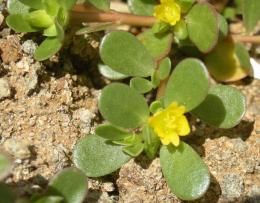
Purslane the plant is not unique. Traditional healers claim that it is an excellent remedy for treating a number of diseases, designers willingly use cultivated varieties for landscaping suburban areas, and garden owners consider it one of the most difficult weeds to remove.
Therefore, we suggest you understand what purslane is, learn about its properties, and the features of its cultivation.
Content:
- What is purslane, its features
- Growing, care, reproduction methods
- Edibility, in what form it is eaten
- Vegetable purslane - healing properties, healthy recipes
- Growing wild - how to remove weeds from a plot
- Purslane flower and its decorative properties
What is purslane, its features
The plant is an annual; its branched stems are quite thick and can be ascending or recumbent. The leaves are fleshy and oblong.
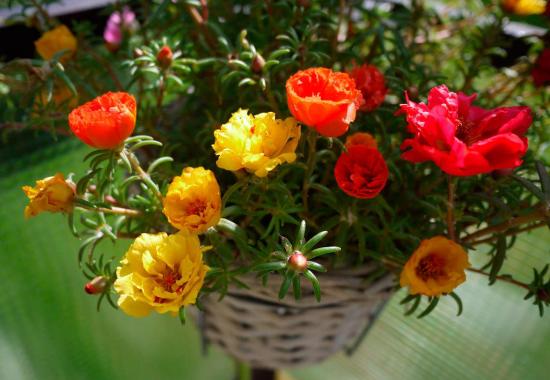
wild purslane has small yellow flowers. The fruits are dark brown seeds, ripening in a spherical capsule. Propagates by self-sowing.
The west of India is considered its homeland, but today it lives in different countries on all continents, with more or less warm climatic conditions.
Purslane is found in the wild; its habitat is wastelands and vegetable gardens. Loves open, well-lit areas, tolerates heat and long droughts.
Growing, care, reproduction methods
Maintenance is greatly simplified by drought resistance.Seeds are usually used for propagation; their germination rate is excellent.
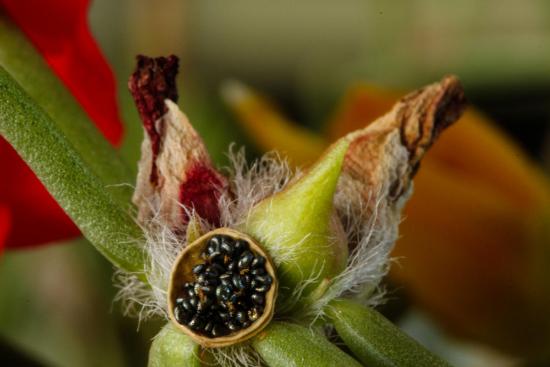
When planting seedlings, seeds are sown in April. You should not water the gatherings abundantly. Planting seedlings is usually resorted to in areas with a cold climate and short summer duration.
Seedlings that have reached three weeks of age are planted in the ground.
Second breeding method cuttings. In this case, you will need to organize the storage of mother plants throughout the winter. With the onset of spring, the shoots are cut off and planted in the ground.
How to sow seeds
Sow the seeds in rows, the distance between them should be about half a meter. The depth of the hole is within 1 cm because the seeds are very small. The crops are thinned after two leaves appear. The recommended distance between bushes is 10 cm.
Sowing should be done when the threat of return frost has passed.
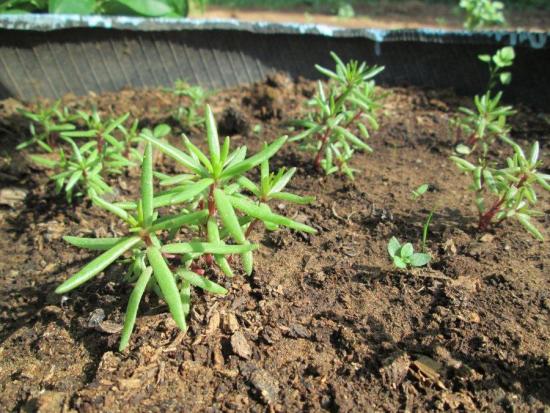
Features of care
Water plants will be required, but the amount of water should be moderate. Weeds should not be allowed to appear in the beds; periodic loosening of the soil will not hurt either.
For feeding, it is recommended to use complete mineral fertilizer.
Shoots can be cut for cooking or medicinal purposes 10 days after planting seedlings. Three crops are usually harvested per season. With the beginning of flowering, the bushes are left alone - the leaves and stems become hard and acquire too strong a taste.
Purslane is an edible plant, in what form it is eaten
It is widely used in folk medicine and is an indispensable component of home cosmetics. The above-ground parts are quite suitable for food use.
Juicy shoots, cut before flowering, are an excellent addition to vegetable salads; their taste is reminiscent of sorrel and spinach, a little tart, and the smell is quite pleasant.
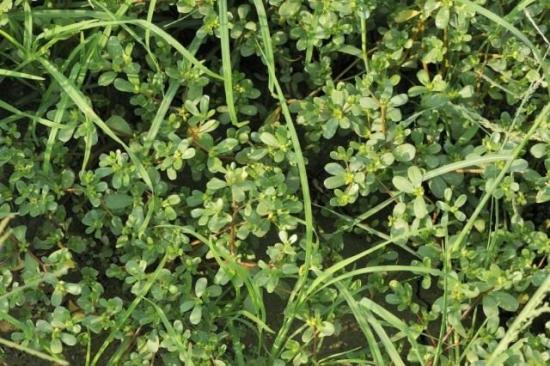
Purslane is included in many recipes for traditional dishes of Mediterranean, Caucasian and Asian cuisine. Fresh young shoots are used raw and boiled, or fried in oil.
They are pickled and stewed, added to meat dishes, and sometimes replaced with capers.
Vegetable purslane and its healing properties, healthy recipes
Research has proven that its healing properties purslane owes to the unique composition of chemicals in its composition.
Found in it:
- lutein and beta-carotene from which vitamin A is formed
- a number of organic sugars that provide fuel for cells
- coumarin compounds that influence thrombus formation and are anticoagulants
- organic acids that stimulate metabolic processes in the body
- Magnesium, potassium, calcium necessary for the functioning of the body
- flvonoids and vitamins
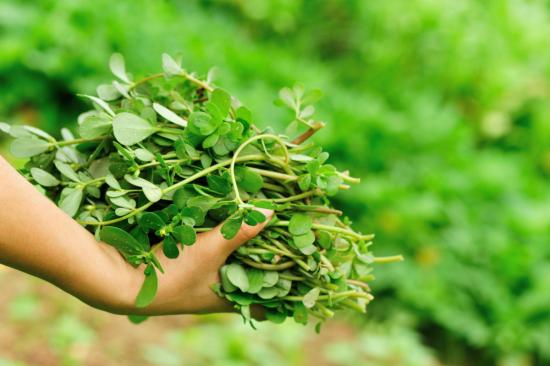
This unique composition allows you to use all parts of the plant for treatment:
- psoriasis and neurodermatitis of the scalp
- diseases caused by high cholesterol levels
- diseases requiring stabilization of blood glucose levels
- cardiac disorders
Juice, decoctions and infusions from leaves and stems will help:
- cope with liver diseases
- will alleviate the condition of cholelithiasis
- will relieve inflammation in urethritis and cystitis
- will act as a diuretic
- reduce inflammation on the gums
- relieve symptoms of conjunctivitis
- will remove allergic manifestations after bee stings
Purslane has good anthelmintic properties.Fresh juice helps treat warts. Seeds with honey are very successful in relieving asthma attacks.
To prepare the infusion, you will need to pour two tablespoons of chopped herbs with boiling water; you will need 300 g of it. It is recommended to infuse for one hour to one and a half hours. This infusion can be taken for the prevention of diseases, half a tablespoon, for treatment, 2/3 of a tablespoon.
For medicinal purposes, fresh juice from the stems is also taken.
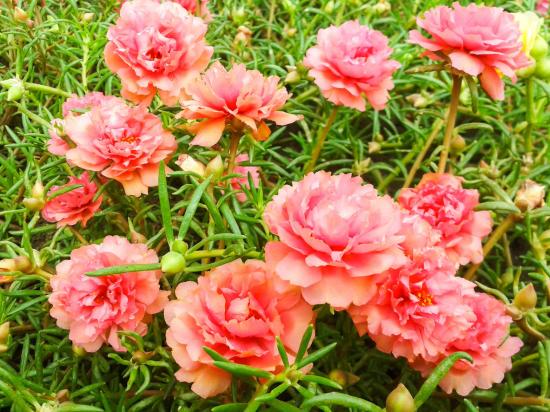
Who is not recommended to use purslane?
You should be careful when taking products that contain purslane:
- lactating women and pregnant women
- cardiologist patients suffering from bradycardia,
- for disorders in the activity of the vegetative-vascular system
- for hypertensive patients
- patients with high central nervous system excitability
To prepare medicinal products according to folk recipes, they use purslane, or as it is also called, vegetable.
Wild purslane, we remove the weed on the site
The ability of wild purslane to quickly fill new spaces and displace vegetable crops causes a lot of harm to gardeners.
Not only is the plant distinguished by its enviable vitality, each of them is capable of allowing thousands of seeds to ripen by autumn with good germination. Another interesting fact is that the ability to germination seeds are stored for 10 years.

The above reasons are valid enough to use all known means of protection against this plant.
The following measures will be effective:
- digging up the soil to a depth of 25-30 cm, in autumn or early spring; seeds that fall to great depths will not be able to sprout
- It is recommended to cover beds with seedlings of cultivated plants in a thick layer mulch, for this you can use straw, dried grass, tree bark, as well as covering material or black plastic film
- Carrying out regular weeding of the beds with the complete removal of all existing weed
- disposal of removed weeds by burning or composting
The use of chemical systemic agents - herbicides - will help to achieve a quick effect. Treatments are carried out after germination. Choose herbicides should take into account the crops planted in the beds, because herbicides are strictly suitable for certain types of plants. For example, a carrot field can be treated with the herbicide Stomp; for potato beds, the drug Zenkor is suitable.
Purslane flower and its decorative properties
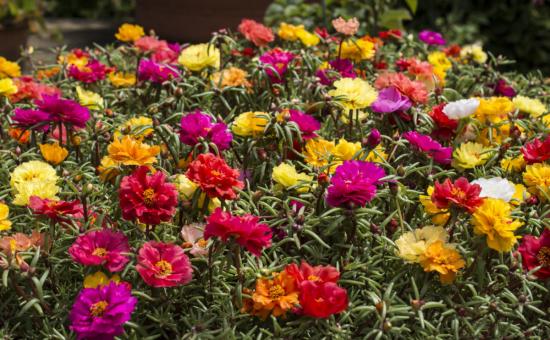
When creating garden and garden decor, cultivated large-flowered varieties are used. Although they are perennials, they are cultivated as annuals.
The shoots are creeping, the height reaches 20 cm. The flowers can be simple or double, cup-shaped, about 3 cm in diameter.
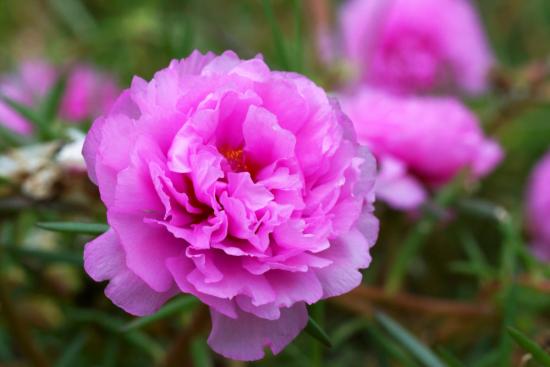
Purslane looks especially attractive on alpine roller coaster, in rockeries, they use it to create picturesque living borders. An attractive feature is the very bright green of the leaves and the varied colors of the flowers, from cream and white to rich yellow, orange, crimson, and red.
Especially popular among gardeners:
- terry variety Double Mix
- Splendence with bright purple flowers
- bicolor cultivars
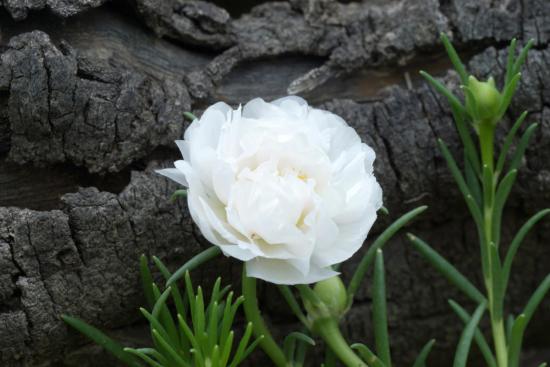
The culture is often used as a container plant for decorating verandas and balconies, hanging baskets, planted in outdoor vases.
Purslane grandiflora is often used to create carpet flower beds, ridges and flower beds.It improves the appearance of dry slopes and retaining stone walls.
In dry soil conditions, the plant can be used to create a lawn. The plant does not require care, but in order to admire the large bright flowers, it is recommended to choose planting with maximum lighting.
South windows are suitable for growing in an apartment.
There are no temperature requirements; the plant can withstand high temperatures well. Watering, especially during dry and hot periods, systematic cleaning is recommended, but stagnation of water should not be allowed.
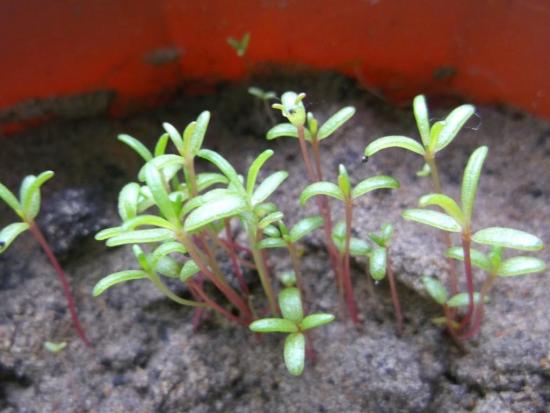
Plants planted in containers especially need watering. But watering should still be moderate.
It is better to purchase seeds of decorative varieties in specialized stores; if you wish, you can buy seedlings in gardening centers or nurseries.
You should choose cups with well-developed seedlings without signs of rotting. Regarding pests and diseases, then purslane is not affected by them so often. Sometimes there may be deformation of the shoots and spots on the leaves caused by fungi.
The situation can be corrected by removing and destroying the affected plant fragments with further treatment of healthy parts with fungicides containing copper.
Only plants planted on poor soils should be fed.
Growing purslane as an ornamental crop and medicinal plant It’s a profitable business; it’s not difficult to get the desired results; the plant doesn’t require any special care.
But the fight against purslane that has settled in the garden without permission will require strength and ingenuity; ridding the beds of it is not so easy.
Get even more useful information about growing purslane by watching the video:

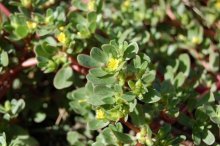
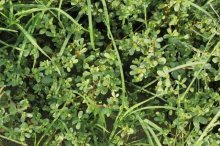
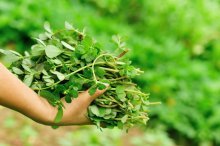
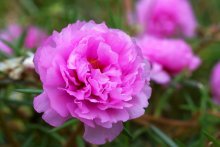
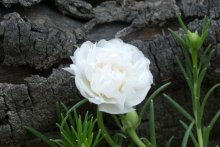
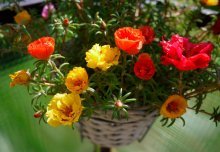
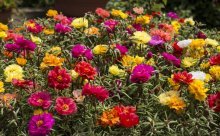
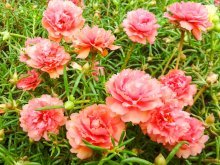
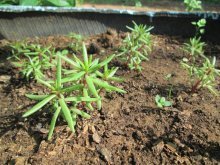

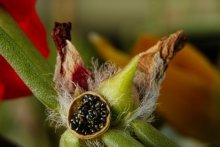
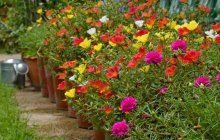

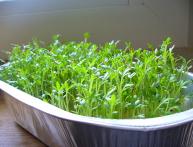
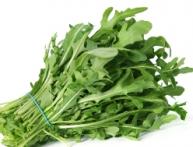
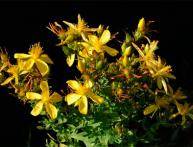
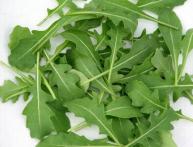


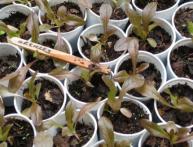
Comments
This is the first time I’ve heard about such a plant, but now I’ll definitely look for the seeds and try to plant them. I love eating greens, just like when I bought a summer house, I always plant lettuce, dill, cockerel, basil and many others, and use them in cooking. This is a real vitamin boom.
I planted purslane in a flowerbed, I have something like a mini alpine hill, but it came out very sparsely and now sticks out as separate branches. The first experience was unsuccessful, but everything can be fixed.